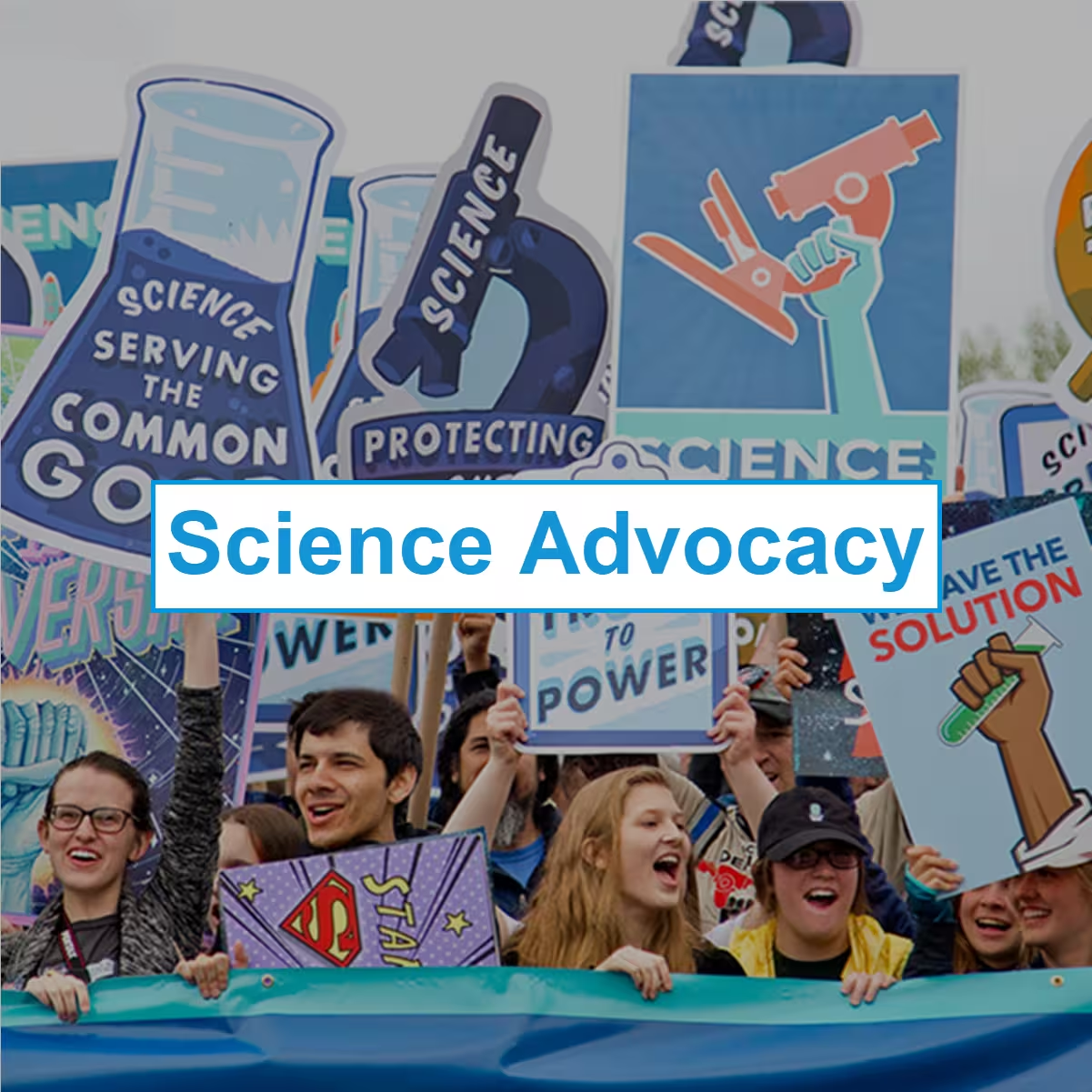




Aviva Philipp-Muller, Spike W. S. Lee, and Richard E. Petty
From refusing to get vaccinated against COVID-19 (1) to ignoring worsening climate change (2), rejection of scientific information is costing lives now and will continue to do so in the future. One need only look at recent polling data to find concerning cases of public rejection of scientific evidence or denial of solutions with high levels of consensus among scientists. For example, a September 2021 poll found that only 61% of Americans saw COVID-19 as a major public health threat (3). Another recent poll found that 40% of Americans do not think climate change is a major threat (4). Additional examples abound around the world (5).
Dismissal of scientific evidence is not a new phenomenon, however. When germ theory was proposed in the 19th century, an anticontagionist movement rejected the notion that disease could be spread through miniscule germs. Earlier scientific discoveries, such as the heliocentric nature of the solar system, were met with heavy opposition. But why? From early to contemporary examples, what are the psychological principles that account for people’s antiscience views? That is, when different individuals are provided with the same piece of scientific evidence, why do some go on to accept and integrate it as a fact, whereas others dismiss it as invalid or irrelevant?
Numerous scholars have pondered the antecedents of antiscience views. Existing models have identified factors that predict wariness of specific scientific innovations or theories (6), (7) or antiscience attitudes overall [e.g., the attitude roots and jiu jitsu models (8). These and other models noted throughout our article offer important insights. But one theoretical paradigm that has been largely ignored in the antiscience literature, despite its substantive relevance, is the classic perspective on attitudes and persuasion (9). This is surprising, because antiscience views represent a crisis of attitudes due to both effective persuasion by antiscience sources and ineffective persuasion by scientific or “proscience” sources. This is also a missed opportunity, because classic work on persuasion has highlighted a number of explanatory processes and remediative strategies, many of which are highly applicable to the problem of antiscience attitudes.
The goal of our article is to make these connections explicit and constructive. We do so by connecting contemporary findings and models in the antiscience literature to key principles from decades of research on attitudes, persuasion, social influence, social identity, and acceptance versus rejection of information writ large. Drawing these connections confers the dual scientific benefits of organizing our understanding of antiscience phenomena and delineating how classic components of persuasive processes formulated in the 20th century are impacted by new forms of social dynamics in the 21st century (e.g., vast and fast social network effects in the spreading of misinformation on social media).
Distinct clusters of basic mental processes can explain when and why people ignore, trivialize, deny, reject, or even hate scientific information—a variety of responses that might collectively be labeled as “being antiscience.” To organize these processes, we offer an inclusive framework that specifies four core bases of antiscience attitudes (Table 1, first column). In essence, people are prone to rejecting scientific messages when it comes from a source they do not find credible (basis 1), when they, as the recipient of the scientific message, identify with social groups that hold antiscience attitudes (basis 2), when the scientific message itself contradicts their related beliefs or attitudes (basis 3), or when it is delivered in ways that mismatch their motivational and cognitive approaches to information processing (basis 4). Each of these bases involves specific antecedents or predictors and elicits different nuances of psychological reaction (Table 1, second column); they also point to different counteractive strategies (Table 1, third column). Despite their differences in focus, the four bases are unified in revealing ways in which scientific information conflicts with people’s existing content or style of thought. Such conflicts are hard to swallow and easy to disavow, rendering effective communication of scientific information a thorny problem—but one that becomes more surmountable once its underlying bases are elucidated.
| Basis of key principles | Key principles driving antiscience attitudes | Counteractive strategies for addressing the key principles |
|---|---|---|
| Basis 1. Source of the scientific message | When sources of scientific information (e.g., scientists) are perceived as:
|
|
| Basis 2. Recipient of the scientific message | When scientific information activates one’s social identity as a member of a group:
|
|
| Basis 3. The scientific message itself | When scientific information contradicts what people:
|
|
| Basis 4. Mismatch between the delivery of the scientific message and the recipient’s epistemic style | When scientific information is delivered in ways that mismatch one’s:
|
1–4. Matching the delivery of scientific information with the recipient’s epistemic style (e.g., framing messages as approaching gains for promotion-focused recipients but as avoiding losses for prevention-focused recipients) |
In the following sections, we introduce each basis of antiscience attitudes by highlighting key principles, identifying relevant models, and reviewing illustrative findings and real-world examples, from heavily studied domains like vaccination to less studied ones like nanotechnology. Next, through the conceptual lens of the four bases, we explain why politics has particularly potent effects on antiscience attitudes. Afterward, we present a variety of counteractive strategies for increasing acceptance of science by targeting the four bases. Finally, we conclude with theoretical contributions of our framework.